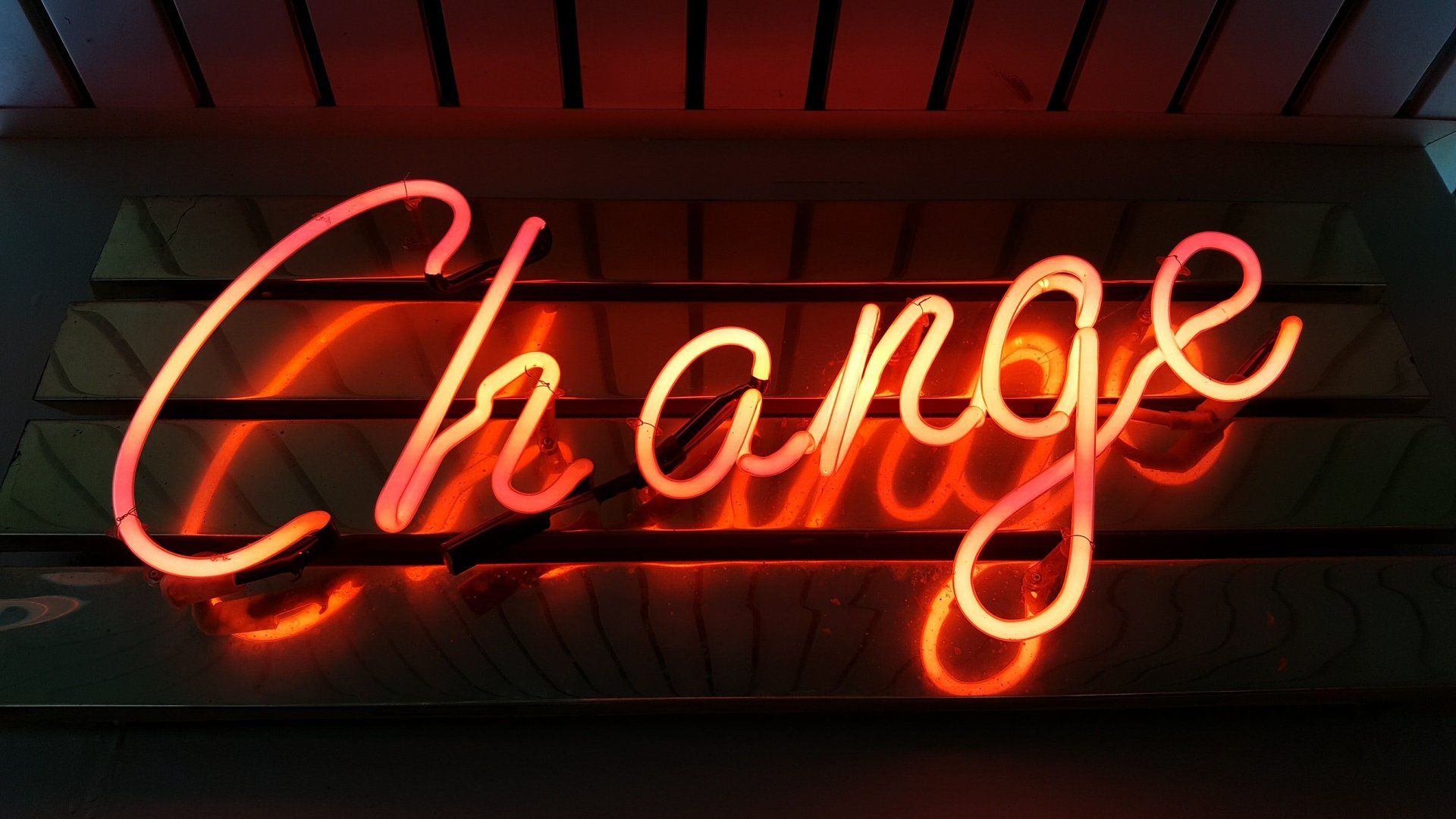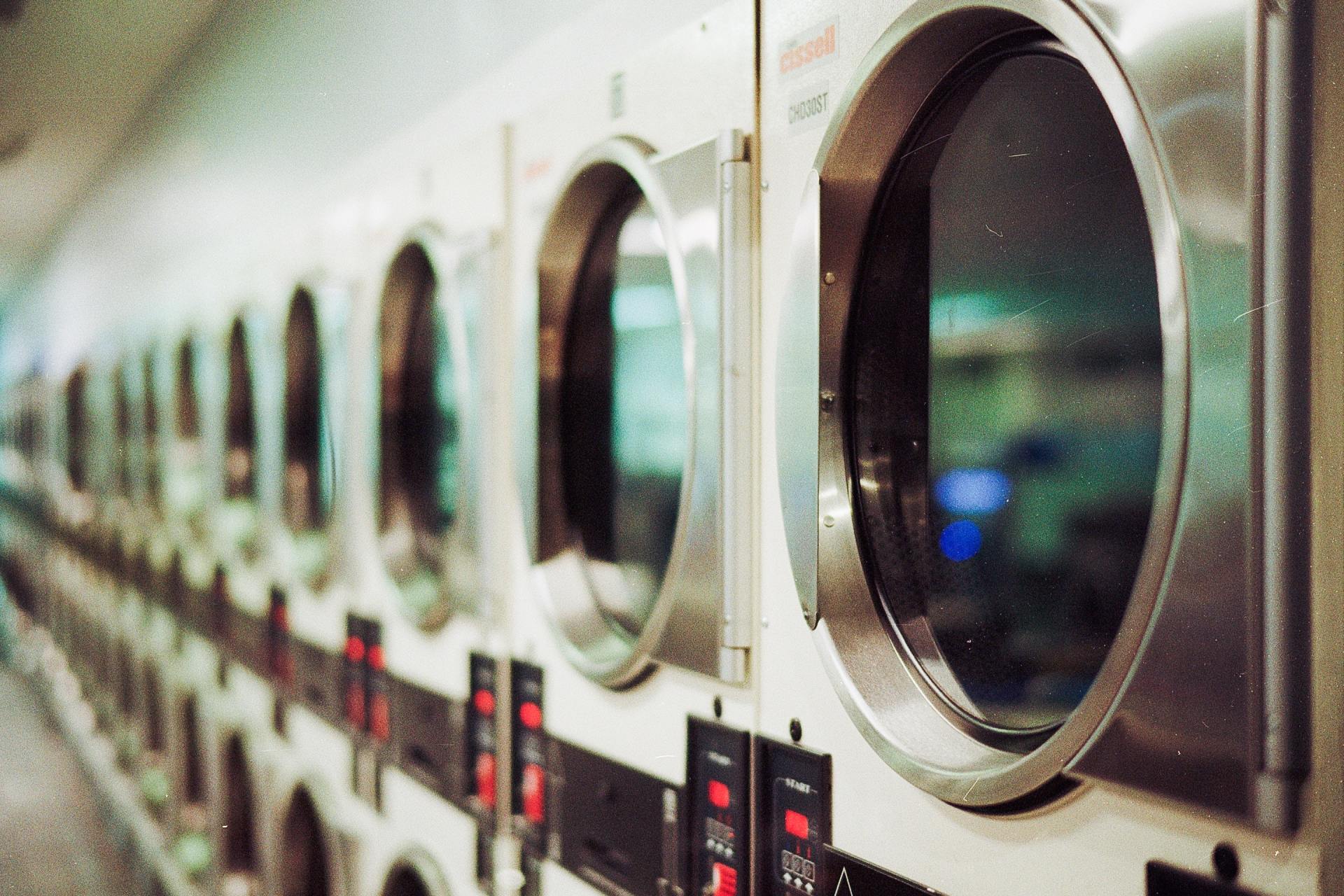Bridging the gap
MAX creations is a design and consultancy company that is bridging the gap between technological developments and sustainable applications in the fashion industry. We believe that the time for change has come and that it's super important for companies to adapt and be frontrunner.
We believe the only way to tackle the sustainability challenge within this industry is to involve all parts of the supply chain. From material choice to customer awareness and recycling options, every phase should be involved to create an industry that has less impact on the environment.
Together with our customers we scan their current business so we can consult them in their unique path towards a sustainable supply chain. Besides advising and guiding them in their journey we also do research, develop concepts and design circular products in collaboration with our clients.
OUR SERVICES
Consultancy
Consultancy
We help companies in developing a sustainability strategy and help them find their personal opportunities for improvement.
After defining the opportunities and setting the strategy a few concepts are proposed to the company and an action plan for realization of these concepts will be made.
R&D Projects
R&D Projects
We do research for companies on the sustainability of their company, the sustainability opportunities for their company and the value/impact of a concept they want to develop. In the subsequent steps we lead the development process of the desired concept from ideation until testing.
LET'S TALK ABOUT FASHION

26 Jan, 2020
Sustainability is a rising topic in most industries but it seems like the fashion industry has difficulties keeping up with the rapid changes. What can be the first steps in your journey towards a sustainable supply chain? In this blog we will share some examples of innovations, technological developments and other tips to inspire you. Supply chain Even though most fashion designers and manufacturers are aware of the upcoming change within the industry, it might be hard to be the first to choose for sustainability. However, there will be a moment when this change becomes required by new regulations. Therefore, taking the initiative, delving into innovations and looking for possible ways to improve the current uses is extremely important. It is hard to improve the situation drastically when only focusing on one part of the supply chain. By implementing smaller changes throughout the whole supply chain, improvements are easier to achieve. Material choice When choosing the right materials and fabrics it is important to choose materials that expand clothing's lifespan. Fabrics have to be of good quality so it does not wear out after a few times wearing or washing. Besides that, the newest developments in the field of fabrics have to be a point of attention. For example, recycled fabrics such as Seaqual (polyester made of ocean plastics) or Econyl (nylon made of old nylon fabrics) are interesting materials to consider. Also the dyeing process can differ. An example of a sustainable dyeing method is DyeCoo. During this dyeing procedure, no water and no process chemicals are used.

08 Dec, 2019
In our previous blog we already mentioned laundry habits as one of the simple things to change if you want to become more sustainable. In this blog we highlight some specific tips for this. Of course, implementing them all at once is a real challenge, but every small change in our habits already leads to big improvements on a large scale. 1. Washing or airing? Avoid the washing of clothes that are not really dirty (no spots), this is beneficial for the environment as well as for the condition of your clothes. 2. Line dry It saves energy, money, it is better for your clothes and it is a free workout. 3. Pay attention to your laundry detergent Don't use too much of it and use liquid detergent instead of powder detergent. This decreases the release of microplastics in the water. 4. Wait until the machine is full This saves water, energy and money. If you really want to wear your favorite sweater tomorrow but you can't fill the washing machine: wash it by hand. 5. Watch the temperature Don't wash your clothing too hot, this prevents shrinking and saves energy. 6. Know what you buy First of all pay attention to the energy rating of the washing machine. Besides that, make sure you match the size of the machine with the size of your family, this avoids half-full machines. 7. Instructions are there for a reason Read the washing instructions in your clothes. Pay attention to what it says about the temperature, bleaching, inside-out washing and centrifugation. This prevents you from destroying it and having to throw it away. 8. Take care of sharp parts Close zippers, put bras in an extra bag and watch other sharp parts that might damage the clothes in the washing machine. For facts about our current fashion industry or overall tips on taking your wardrobe to a greener level read our other blogs!




